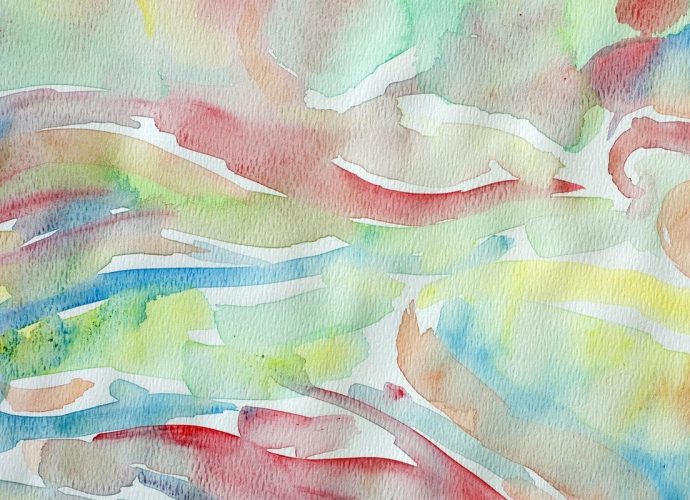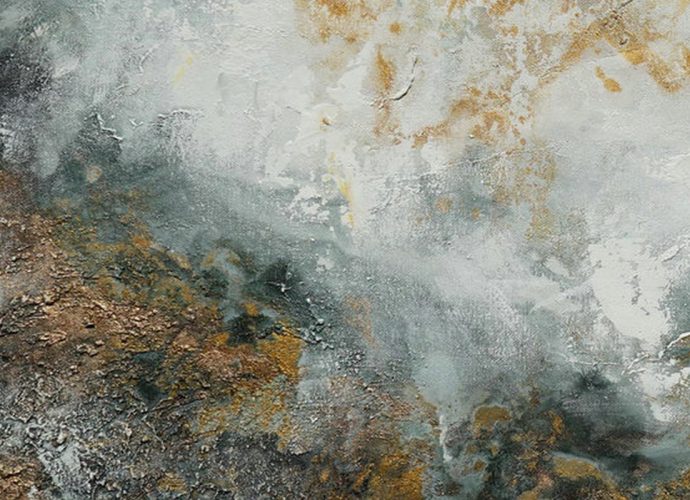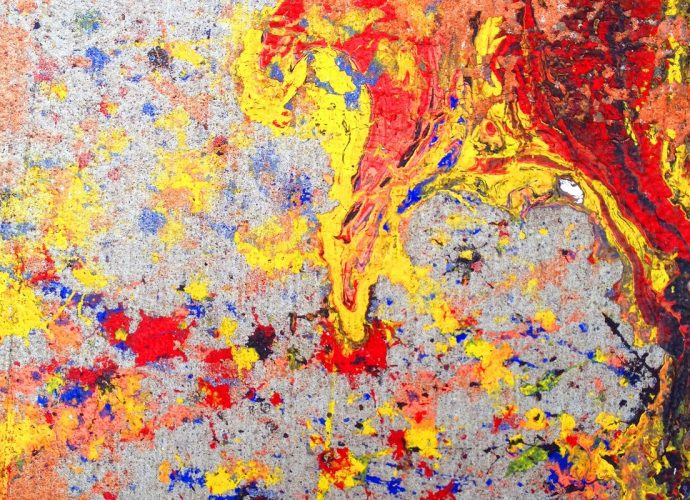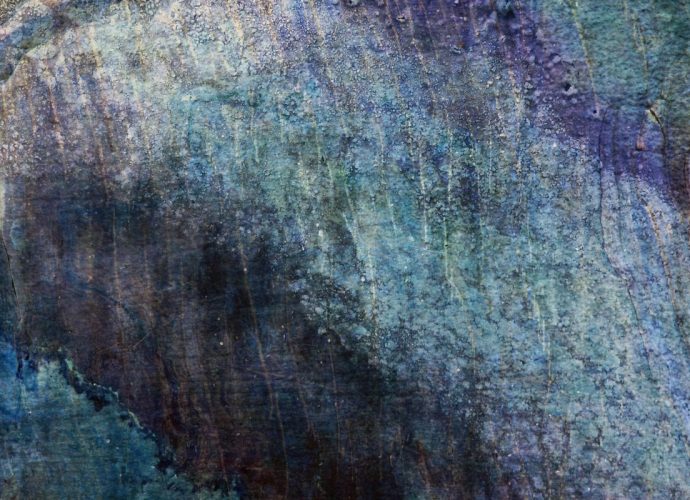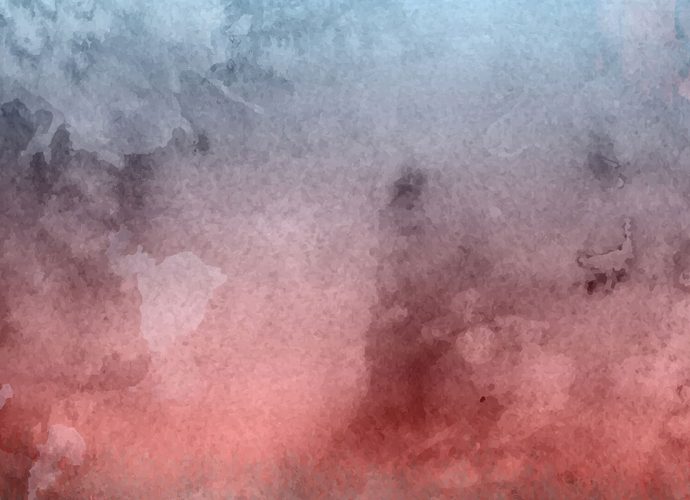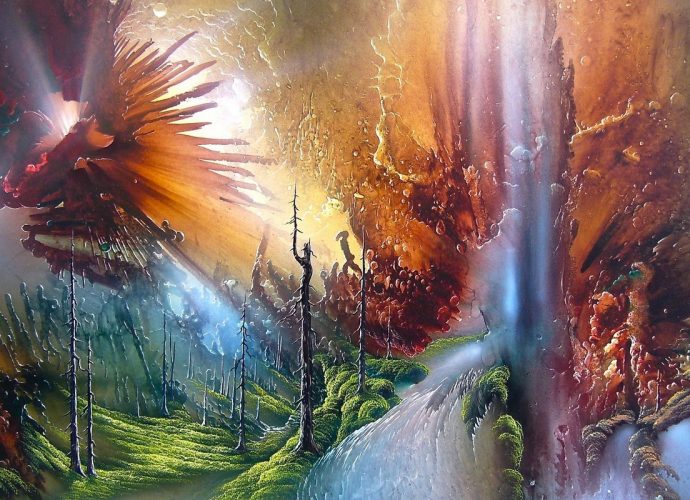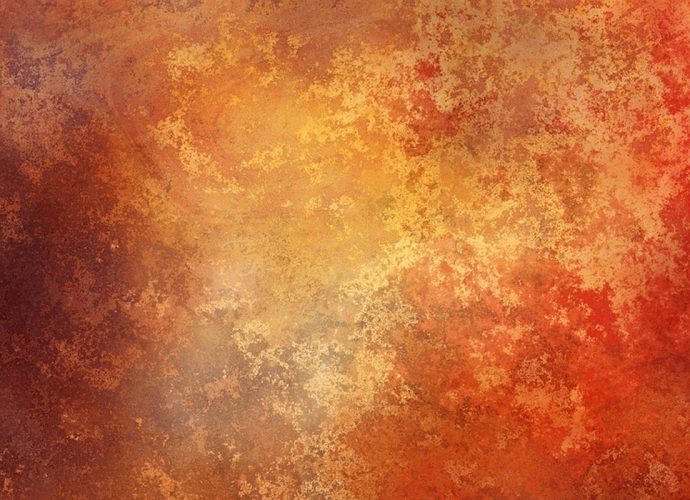Is Rain Rot In Horses Painful?
Because rain rot is contagious to humans and other animals, brushes, buckets and blankets that come in contact with an infected horse should be thoroughly cleaned after use and not shared with other horses. It’s also a good rule of thumb to keep an infected horse separated from other animalsRead More →


